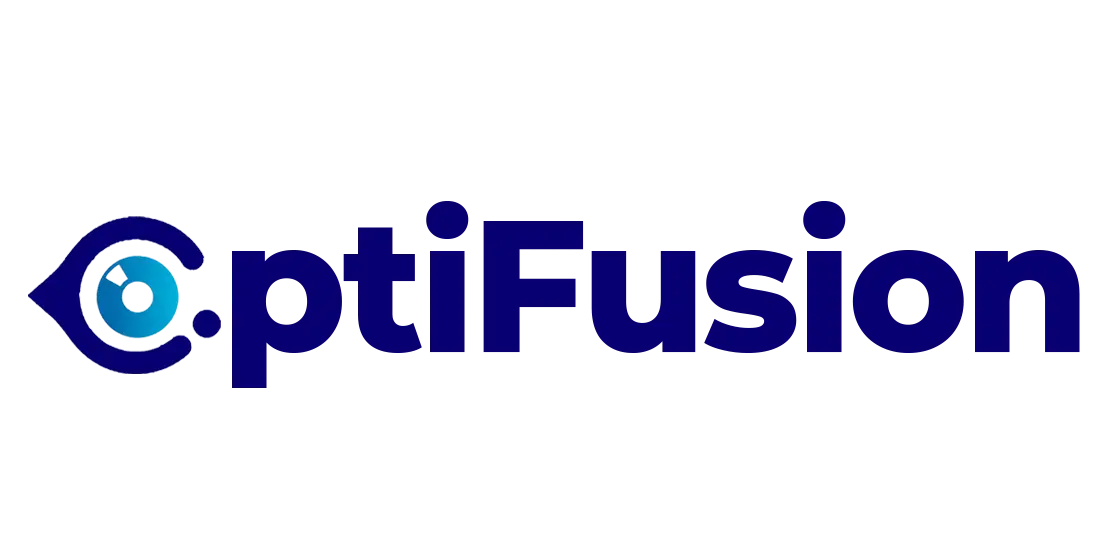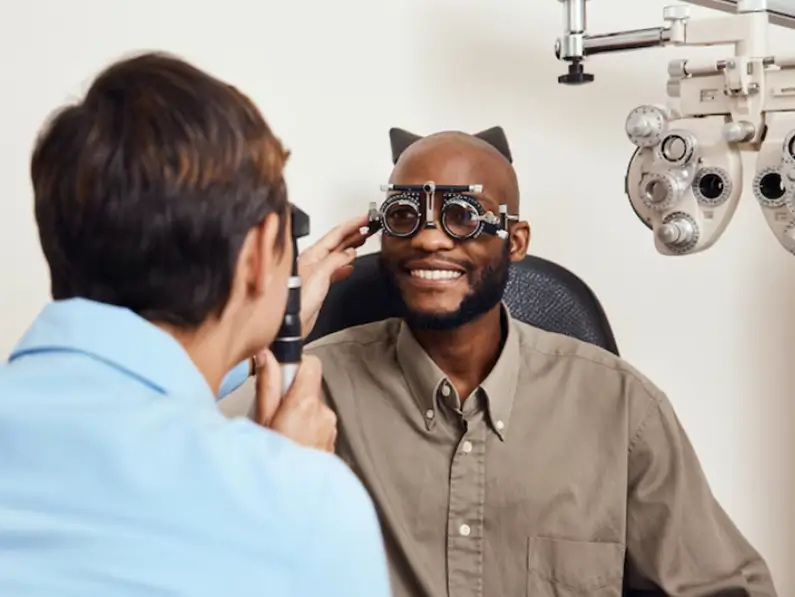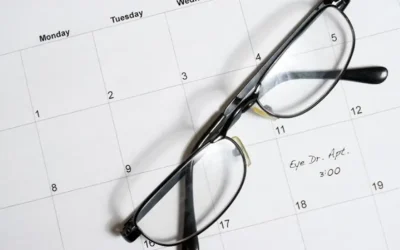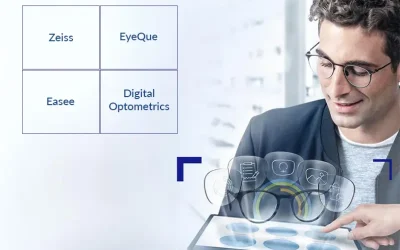A comprehensive eye test is a complete, detailed examination of your vision and overall eye health that goes well beyond simply checking how well you see. It incorporates a full range of assessments—from basic visual acuity and refraction measurements to sophisticated imaging techniques such as Optical Coherence Tomography (OCT) and Heidelberg Retinal Tomography (HRT)—to detect even the slightest anomalies in eye structure or function. This thorough approach is what makes a comprehensive eye test indispensable for early diagnosis and effective prevention of future eye-related issues.
Understanding the Comprehensive Eye Exam
A comprehensive eye exam does much more than just determine whether you need glasses. It’s a thorough evaluation that assesses the overall health of your eyes and screens for various conditions that may not be immediately obvious. Unlike a basic screening, which might simply involve reading an eye chart, a comprehensive exam is a detailed investigation into your vision and the health of your ocular tissues.
Basic vs. Comprehensive Eye Tests
Imagine if your doctor only checked your temperature during an annual physical exam—that wouldn’t give you the full picture of your health, right? A basic eye test is similar: it checks visual sharpness but can miss subtle signs of disease. A comprehensive exam digs deeper. It includes a host of tests designed to evaluate everything from your peripheral vision to the health of the retina and optic nerve. This expanded approach makes sure even the faintest hints of trouble are not overlooked.
Key Components of a Full Eye Exam
A comprehensive eye exam is a multi-step process designed to leave no stone unturned. Let’s break down each vital component:
1. Visual Acuity Test
This is the most familiar part of any eye exam—reading letters on a chart from a distance. It helps your eye doctor determine how clearly you see and whether you might need corrective lenses. Think of it as the first checkpoint in a long race toward eye health.
2. Refraction Assessment
Ever wonder how your prescription is determined? A refraction assessment measures how light focuses on your retina. By testing different lens powers, your doctor pinpoints your exact prescription, ensuring that your glasses or contacts provide the best possible correction for your vision.
3. Eye Muscle Function Test
Your eyes work in tandem through coordinated muscle movements. This test checks whether your eye muscles are aligned and functioning correctly. If you’ve ever noticed double vision or experienced difficulty focusing, this test could help identify the problem.
4. Visual Field Test
Your peripheral vision is just as important as your central vision. A visual field test maps out what you see to the sides of your direct line of sight, detecting any blind spots that might indicate conditions like glaucoma.
5. Intraocular Pressure Measurement
High pressure inside the eye can be a precursor to glaucoma—a condition that could lead to permanent vision loss if left undetected. By measuring intraocular pressure, your eye doctor can spot early warning signs and take action before serious damage occurs.
6. Slit-Lamp Examination
Think of the slit-lamp exam as a microscopic tour of your eye’s front section. Using a special instrument with a bright light, your doctor carefully examines the cornea, iris, lens, and other structures for any signs of disease or abnormalities.
7. Retinal Examination
After dilating your pupils, your doctor gets a detailed look at the back of your eye, including the retina and optic nerve. This examination can uncover conditions like diabetic retinopathy, macular degeneration, and other retinal problems that could affect your long-term vision.
Modern Technologies Enhancing Eye Exams
Advancements in technology have revolutionized how comprehensive eye exams are conducted. Not only have these innovations increased the accuracy of diagnoses, but they also make the exams less invasive and more comfortable for patients.
Optical Coherence Tomography (OCT)
OCT is like having a high-definition camera for your eyes. This non-invasive test uses light waves to create cross-sectional images of the retina, revealing its layers in stunning detail. This advanced imaging allows your doctor to spot subtle changes that might be the first sign of a serious condition.
Heidelberg Retinal Tomography (HRT)
Using HRT, doctors can obtain three-dimensional images of the optic nerve head. This technology is particularly useful for detecting and monitoring glaucoma, as it provides a precise view of the optic nerve structure, enabling early intervention if needed.
Electroretinography (ERG)
ERG might sound like something straight out of a science-fiction movie, but it’s a crucial part of a modern eye exam. This test measures the electrical responses generated by the retina when it is stimulated by light. It helps in diagnosing retinal disorders and assessing the functionality of its various layers.
Patient Preparation for an Eye Exam
No one likes surprises—especially when it comes to medical tests. Here are some practical tips to help you prepare for your comprehensive eye exam, ensuring you get the most accurate results and a smooth experience.
Steps to Prepare Before the Appointment
- Symptom Journal: Start by jotting down any vision problems or eye discomfort you’ve been experiencing. Even small details can be important.
- Medical History: Gather any information about your overall health, including previous eye issues, current medications, and family history of eye conditions.
- Insurance and Referrals: Make sure you have your insurance details handy. If your plan requires a referral from your primary care doctor, be sure to bring that along.
What to Expect During Your Exam
Once you’re in the exam room, here are a few things to keep in mind:
- Pupil Dilation: Your eyes might be dilated to give your doctor a better view of the inside. This can make your eyes sensitive to light for a few hours afterward, so remember to bring a pair of sunglasses.
- Interactive Dialogue: Don’t hesitate to ask questions. Your eye doctor is there to explain each step, ensuring you understand what’s happening and why it matters.
- Duration: Comprehensive eye exams generally take a little longer than basic tests because they’re designed to cover every aspect of your eye health. Think of it as investing time now to save potential problems later.
Interpreting Your Eye Exam Results
Once your eye exam is complete, the next step is understanding what the results mean for you. Your eye care professional will provide a detailed explanation of each finding and discuss whether any further tests or treatments are necessary.
Understanding and Acting on the Findings
The results might sound a bit technical at first, but your doctor will break down the jargon into understandable terms. If any issues are detected—like high intraocular pressure or an abnormal visual field—your doctor will outline what these signs mean and suggest the appropriate next steps.
What Comes Next: Treatment and Follow-Up
If the exam uncovers potential problems, there’s no need to panic. Your doctor might recommend corrective lenses, medical treatment, or even a follow-up appointment to monitor any changes. In some cases, early detection means that conditions like glaucoma can be managed effectively before they affect your quality of life.
Conclusion: Prioritizing Your Eye Health
Taking care of your eyes is a lifelong commitment. A comprehensive eye exam is not simply a routine procedure—it’s a proactive step toward ensuring that your vision remains clear and your eyes stay healthy. By understanding the components of these exams and embracing the latest technology, you empower yourself with knowledge and peace of mind. Remember, your eye health is just as important as any other aspect of your well-being, so schedule your comprehensive exam today and see the world in all its vibrant detail!
FAQ: Your questions answered
What is the primary difference between a basic eye exam and a comprehensive eye exam?
A basic eye exam generally checks for visual clarity, while a comprehensive exam includes multiple tests that evaluate overall eye health, helping to detect both vision errors and potential eye diseases early.
How often should I undergo a comprehensive eye exam?
It is recommended that most adults get a comprehensive eye exam every one to two years, though your doctor may advise a different schedule depending on your individual risk factors.
Are modern technologies like OCT, HRT, and ERG comfortable during the exam?
Yes, these advanced imaging techniques are non-invasive and designed to be comfortable, allowing for precise and effective assessments of your eye health.
How do I prepare for a comprehensive eye exam?
Prior to your appointment, it’s helpful to document any vision problems, gather your medical history, and bring relevant insurance or referral documents. This preparation ensures a smooth and informative examination.
What should I do if my exam reveals early signs of an eye condition?
Early detection means you can work closely with your doctor to formulate a tailored treatment plan or schedule follow-up appointments to monitor and manage the condition before it progresses.



